#vtol aircraft
Explore tagged Tumblr posts
Text

McDonnell Douglas AV-8B Harrier II operators
The Marine Corps has 87 AV-8B/+ and 12 TAV-8B trainer as of Jan 2024 . Each fighter squadron operates 16 AV-8B Harrier jets.
@CcibChris via X
#av 8b harrier#mcdonnell douglas aviation#vtol aircraft#fighter bomber#aircraft#usmc#carrier aviation#marine#aviation#cold war aircraft
27 notes
·
View notes
Text
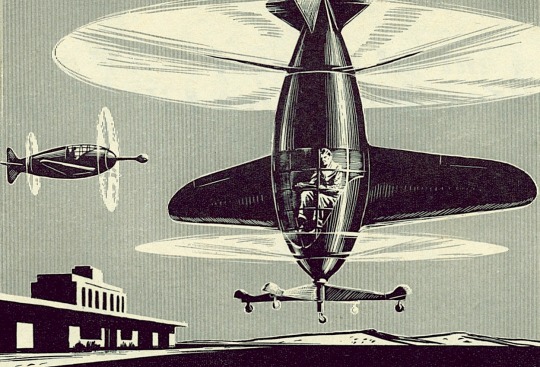
VTOL for the masses!
#vintage illustration#futurism#futuristic#retro futuristic#retro futurism#vtol#vertical take-off and landing#vintage aircraft#futuristic aircraft#aircraft#helicopters#vtol aircraft
10 notes
·
View notes
Text

#military aviation#military aircraft#experimental helicopter#aviation history#helicopter#vtol aircraft
18 notes
·
View notes
Text



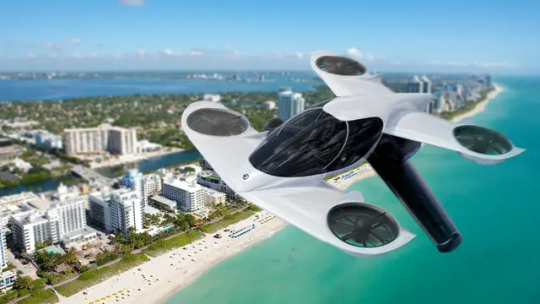

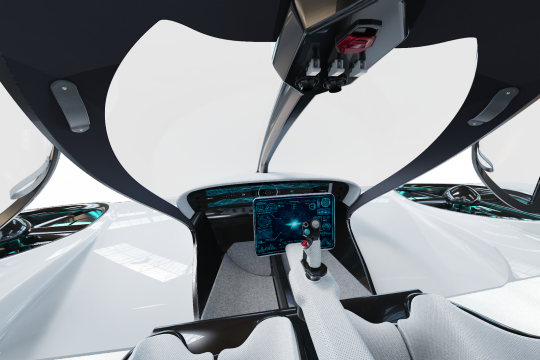

Doroni's H1X !
#art#design#flying private#travels#luxury lifestyle#VTOLs#vtol aircraft#vtol#e-car#flying cars#flying car#concept#vtol concept#render#doroni#H1X#luxuryliving
19 notes
·
View notes
Photo
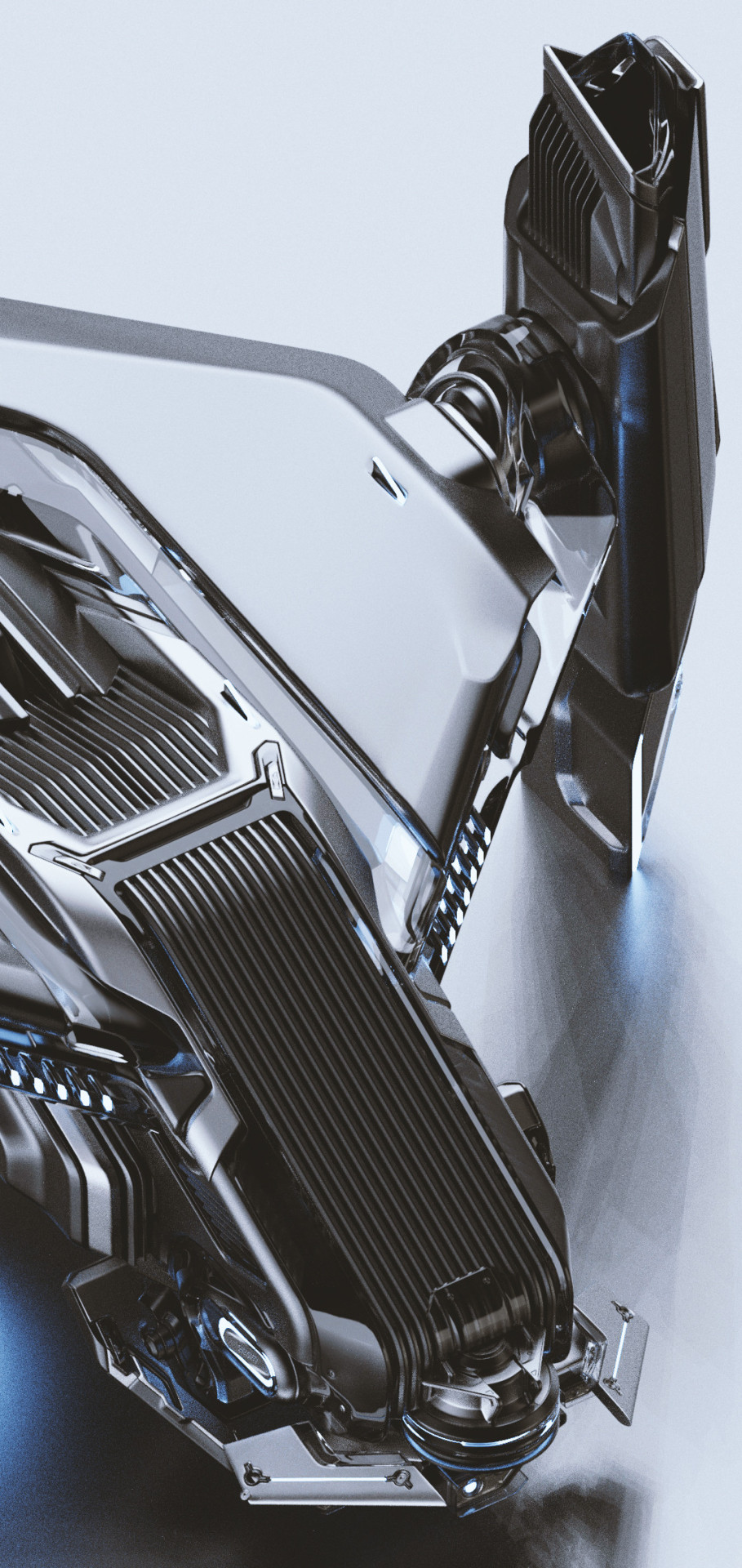
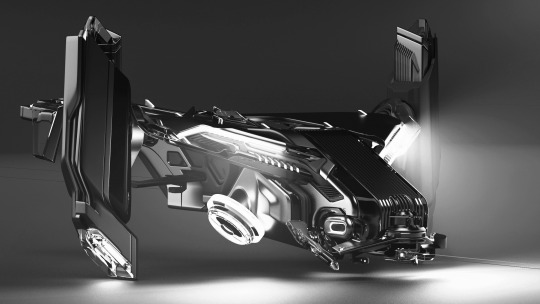
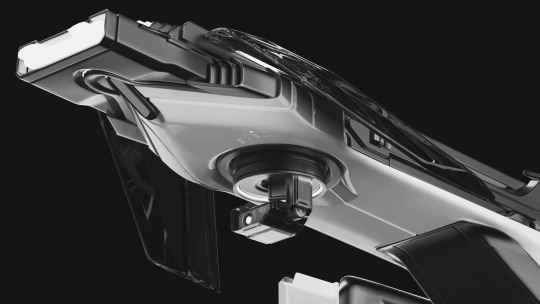
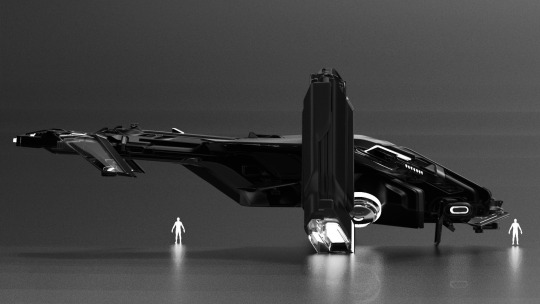
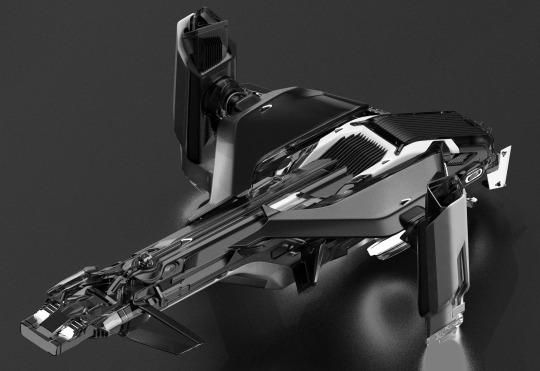
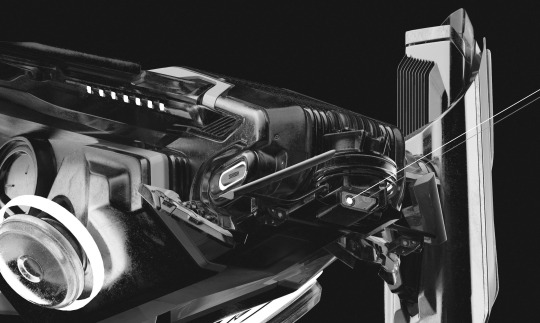
Division Fortress VTOL design by Rene Mitchell Lambert
94 notes
·
View notes
Text
vtol designers 🤝 transgender ppl
discussing the ideal way to transition
#vtol#vtol aircraft#aircraft#txt#transition#do you get it#harrier#harrier aircraft#awful pun#please laugh#my entire ego depends on it
3 notes
·
View notes
Text
✈️ 𝗙𝗿𝗼𝗺 𝗳𝗹𝗶𝗴𝗵𝘁 𝗰𝗼𝗻𝘁𝗿𝗼𝗹 𝘁𝗼 𝗳𝗮𝘂𝗹𝘁 𝗱𝗶𝗮𝗴𝗻𝗼𝘀𝗶𝘀, 𝗵𝗼𝘄 𝗱𝗼𝗲𝘀 𝗜𝗠𝗨 𝗱𝗼𝗺𝗶𝗻𝗮𝘁𝗲 𝗱𝗿𝗼𝗻𝗲𝘀?

❓ For drones. Have you ever been curious: Without a pilot, how does it maintain stable flight and complete various difficult actions? ⏩ IMU integrates gyroscopes and accelerometers. The measured data enables the drone to know its attitude, speed and position in real time during flight, and then flexibly adjust the flight status according to preset instructions. ✅ For professionals in drone research and development, application, and production, the selection and correct use of IMU are crucial and directly related to the performance of drones. When selecting, key indicators such as accuracy, stability, and compatibility must be considered. 👉 Take an IMU 𝗘𝗥-𝗠𝗜𝗠𝗨-𝟬𝟯𝗠𝗶𝗻𝗶 as an example. It has the characteristics of high accuracy, high stability, small size, light weight, and low power consumption. 🔷 𝗙𝗹𝗶𝗴𝗵𝘁 𝗮𝘁𝘁𝗶𝘁𝘂𝗱𝗲 𝗰𝗼𝗻𝘁𝗿𝗼𝗹 🔷 ✅ The built-in gyroscope measurement range is ±400º/s, bias instability <0.3 º/h, and angle random walk <0.125°/√h. The accelerometer measurement range is ±30g, bias stability <50ug, and bias repeatability of 100ug. ✅ The measured data enables the flight control system to monitor the pitch, roll, and yaw attitude of the drone in real time, and adjust and correct the drone's flight attitude in time. 🔷 𝗡𝗮𝘃𝗶𝗴𝗮𝘁𝗶𝗼𝗻 𝗮𝗻𝗱 𝗽𝗼𝘀𝗶𝘁𝗶𝗼𝗻𝗶𝗻𝗴 𝗮𝘀𝘀𝗶𝘀𝘁𝗮𝗻𝗰𝗲 🔷 👉 IMU works in conjunction with GPS and other systems to play a key role in navigation and positioning. 👉 The IMU volume is 40*40*42/27*26*34 (mini version without shell and baseboard), and the weight is 80g/40g (mini version without shell and baseboard). Compact and small design for easy integration. 👉 The unique inner platform design gives it high stability. It adopts modular design and provides OEM customization services. 👉 Simply connect the IMU to the user's system and acquire data without using the 15-pin plug we provide. By removing the bottom plate shell, the size and weight can be greatly reduced. 🔷 𝗙𝗮𝘂𝗹𝘁 𝗱𝗶𝗮𝗴𝗻𝗼𝘀𝗶𝘀 𝗮𝗻𝗱 𝗽𝗿𝗲𝗱𝗶𝗰𝘁𝗶𝗼𝗻 🔷 👉 The flight parameters of a normally flying drone, such as acceleration and angular velocity, are in a relatively stable dynamic range. Once the IMU detects abnormal fluctuations in these parameters, it may indicate a potential fault. ❗For more detailed data sheets, Please indicate in the “Ask for a Quote” box at the bottom of the page that you learned about this from Tumblr.(https://www.ericcointernational.com/north-finders/mems-triaxial-north-seeker-for-mining.html ) 👉 You can also take a screenshot and send it directly to this email address: [email protected] Do you know the accuracy of the IMU used by your drone? Welcome to discuss together!
1 note
·
View note
Text
Skyborne Technology, Inc., a UAV Corp Company (UMAV) and Atlantic Industrial Group Inc. (AIG) Announce AI Manufacturing JV for VTOL & Lighter than Air Vehicles

Skyborne’s Costin Airport Grant Infrastructure Project Has Been Completed for The Near Future Build of New Hangar
Gulf County, FL, December 2, 2024 - PRISM MediaWire - Skyborne Technology, a UAV Corp Company (OTC: UMAV), and Atlantic Industrial Group Inc. (AIG) are proud to announce a joint venture to build cutting-edge manufacturing capability at Skyborne’s Wewahitchka, Florida facility. AIG will manufacture multiple high efficiency drone models (SVTOLs) at this location. This facility will set up an in-house design center for airships and drones using large-scale 3d printers to manufacture lightweight airframe parts, wing structures, cockpits, and others.

AIG T-Wing™ VTOL reconnaissance unit
Skyborne will continue building the low altitude semi-rigid spherical airships in Wewahitchka, Gulf County. Both companies will utilize Skyborne’s Costin airport for flight operations and house the completed aircraft/airships in a new future hangar facility. The infrastructure for the Costin airport has now been completed under a Grant program funded by the Federal Economic Development Administration and the Florida Department of Commerce.
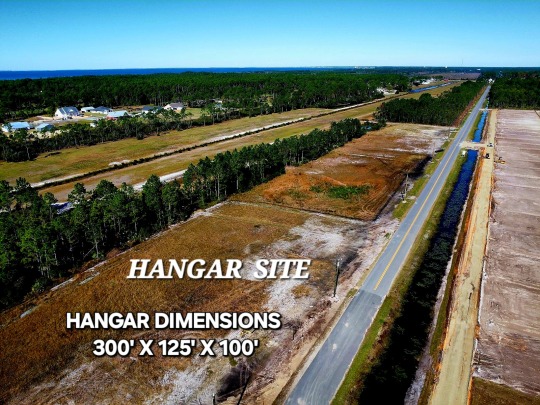
Skyborne's Costin Airport with newly completed infrastructure for new hangar build

Mid altitude Skyborne LTA & AIG T-Wing™

Skyborne Lighter than Air vehicle & T-Wing™ with MANTA™
AIG will create custom integrations of AIG drones into STI lighter-than-air platforms. The factory (Wewahitchka) will hire high-paying drone fabrication workers, digital design personnel, and business development professionals to support the rapidly growing demand for its advanced technologies. AIG currently holds several technology licenses that it plans to manufacture for government contracts and private security needs. These include VTOLs (Vertical Takeoff and Landing), energy generation, and propulsion.
"We are thrilled to partner with Skyborne Technology to bring our advanced UAV and SVTOL technologies to the next level. This venture will not only create new job opportunities in the region but also help us meet the growing demand for our cutting-edge technologies." - AIG's CRO Maceo Remy.
“We are truly excited by the UAV/Skyborne and Atlantic Industrial Group, Inc. partnership and its potential to create aerospace manufacturing jobs at the Gulf County Industrial Park in Wewahitchka and the Costin Airport.in Port St. Joe. Florida. The partnership will diversify our economic base, create high-paying jobs, and increase our role in the rapidly growing Northwest Florida aerospace industry. " - Jim McKnight, Gulf County Economic Development Director.
"We believe this partnership will revolutionize the UAV industry by combining our expertise in lighter-than-air vehicles with AIG's efficient manufacturing models for their UAV/VTOL drones. We look forward to collaborating with AIG to create new technologies that will benefit both the government and civilian sectors worldwide." - Skyborne's CEO/Michael Lawson.
About Atlantic Industrial Group
Atlantic Industrial Group Inc. (AIG) is a manufacturing and holding company that licenses existing, underutilized advanced technology solutions. It specializes in VTOLs, energy generation, propulsion, and UAVs. With a focus on innovation and excellence, AIG has established itself as a trusted partner for government and private sector clients.
About UAV Corp/Skyborne Technology, Inc.
UAV Corp is a premier developer of manned and unmanned aerial vehicle technology. With decades of experience specializing in highly maneuverable lighter-than-air technologies for commercial and government solutions, UAV Corp focuses on innovation and reliability. It provides cutting-edge platforms that enhance operational capabilities across various sectors.
CAUTIONARY STATEMENT REGARDING FORWARD-LOOKING INFORMATION:
This news release includes certain "forward-looking statements" under applicable US securities legislation. Forward-looking statements are necessarily based upon a number of estimates and assumptions that, while considered reasonable, are subject to known and unknown risks, uncertainties, and other factors which may cause the actual results and future events to differ materially from those expressed or implied by such forward-looking statements. Such factors include, but are not limited to: general business, economic, competitive, political and social uncertainties; delay or failure to receive board, shareholder or regulatory approvals, where applicable and the state of the capital markets. There can be no assurance that such statements will prove to be accurate, as actual results and future events could differ materially from those anticipated in such statements. Accordingly, readers should not place undue reliance on forward-looking statements. The Company disclaims any intention or obligation to update or revise any forward-looking statements, whether as a result of new information, future events or otherwise, except as required by law.
For more information, please contact:
Maceo Remy CRO
www.atlanticindustrialgroup.com
Atlantic Industrial Group Inc.
30 N Gould St Ste N Sheridan, WY 82801
Michael Lawson, CEO
115 County Road 381
Wewahitchka, Florida 32465
Jim McKnight, Executive Director
Gulf County Economic Development Coalition
1000 Cecil Costin Sr. Blvd, Rm.136
Port St. Joe Fl. 32456
Source: UAV Corp/Skyborne Technology, Inc.
#press release#prism mediawire#stock market#investing#otc markets#umav#skyborne#Aircraft#vtol aircraft#SVOTL
0 notes
Text
✈️ Honeywell and Odys Aviation collaborate on eVTOL ground stations
0 notes
Text
Key Applications of VTOL Aircraft: Military, Commercial, and Beyond

Imagine an aircraft that doesn't need a runway. It takes off vertically, like a helicopter, and flies forward like a traditional aeroplane. This is the fascinating world of VTOL aircraft (Vertical Takeoff and Landing aircraft), an aviation technology category transforming how we think about air travel. From military applications to urban air mobility, the versatility and innovation of VTOL aircraft are opening new possibilities for aviation.
What is a VTOL Aircraft?
A VTOL aircraft is any aircraft that can take off, hover, and land vertically. This ability is typically achieved through unique propulsion systems, like tiltrotor engines or dedicated vertical thrusters. Unlike conventional aeroplanes, which require long runways for takeoff and landing, VTOL aircraft can operate in confined spaces, making them highly adaptable in various scenarios.
This technology has been introduced previously. Helicopters, the earliest form of VTOL aircraft, have been around for decades. However, recent advancements have significantly expanded the capabilities of VTOL aircraft, leading to a surge in interest from both military and civilian sectors.
Types of VTOL Aircraft
Several types of VTOL aircraft are designed to meet different operational needs. Here’s an overview of the most common categories:
1. Tiltrotor Aircraft
Tiltrotor VTOL aircraft are one of the most advanced designs. They use oversized rotors mounted on rotating nacelles at the ends of the wings. In vertical mode, the rotors act like helicopter blades, providing lift for takeoff and landing. Once airborne, the rotors tilt forward to function as propellers for forward flight, similar to a fixed-wing aircraft.
A notable example is the Bell Boeing V-22 Osprey, widely used by the U.S. military for various missions. Tiltrotor technology offers the advantage of high-speed travel while maintaining the flexibility of vertical operations.
2. Rotorcraft (Helicopters)
Traditional rotorcraft, or helicopters, are the most familiar form of VTOL aircraft. They use rotating blades (rotors) to generate lift and thrust. While helicopters are slower than tiltrotor aircraft, they are highly manoeuvrable and can hover for extended periods.
The Sikorsky UH-60 Black Hawk is a prime example of a military helicopter that utilizes VTOL capabilities for transport, surveillance, and medical evacuation missions.
3. Jet-Powered VTOL Aircraft
Jet-powered VTOL aircraft use jet engines to produce vertical thrust, either by redirecting the exhaust flow or using separate lift engines. This technology has been primarily explored for military applications, where the combination of speed, agility, and vertical takeoff is invaluable.
The most famous example of this category is the Harrier Jump Jet, which several militaries have used since the 1960s. The Harrier uses vectored thrust to direct jet exhaust downward for vertical takeoff and landing.
Applications of VTOL Aircraft
The versatility of VTOL aircraft has led to their widespread use in multiple sectors. The potential applications for VTOL aircraft are vast, from military operations to futuristic urban transportation.
1. Military Operations
The military has long been a proponent of VTOL aircraft because of their ability to operate in hostile environments. VTOL aircraft can be deployed in areas with limited or no runway infrastructure, allowing for quick insertion and extraction of personnel or cargo. They also excel in combat scenarios where agility and speed are critical.
In addition to the V-22 Osprey and Harrier, newer aircraft like the F-35B Lightning II, a fifth-generation stealth fighter, are pushing the boundaries of VTOL technology. The F-35B can switch between vertical takeoff and conventional flight modes, making it a formidable asset in modern warfare.
2. Search and Rescue Operations
VTOL aircraft are ideal for search and rescue missions, especially in difficult-to-reach areas like mountains, forests, or at sea. Helicopters, the most common VTOL aircraft in these scenarios, can hover in place, allowing for precise manoeuvres during rescue operations. They can also land in tight spaces, making them crucial for disaster response and medical evacuations.
3. Urban Air Mobility (UAM)
Urban air mobility represents one of the most exciting future applications for VTOL aircraft. The idea is to use electric VTOL (VTOL) aircraft to provide air taxi services within cities, reducing congestion on roads and providing a faster means of transportation.
Uber and Joby Aviation are actively developing VTOL aircraft for urban transportation. These aircraft are typically quieter, more energy-efficient, and designed for short trips, making them ideal for city environments. The future of urban mobility could include VTOL aircraft zipping above city streets ferrying passengers from one rooftop to another.
Advantages of VTOL Aircraft

The unique capabilities of VTOL aircraft offer numerous advantages across different industries:
1. Flexibility
The most significant advantage of VTOL aircraft is their ability to operate without the need for runways. This allows them to access remote or confined locations that conventional aircraft cannot reach. Whether a military operation in a dense jungle or an emergency rescue in a rugged mountain range, VTOL aircraft can provide a solution.
2. Increased Speed and Efficiency
VTOL technology offers the best of both worlds in cases like tiltrotor aircraft: the ability to take off vertically and the speed of a traditional aeroplane. This can significantly reduce travel time in scenarios where both vertical takeoff and long-distance travel are required.
3. Urban Mobility and Reduced Congestion
As mentioned earlier, eVTOL technology is paving the way for a new era of urban transportation. VTOL aircraft have the potential to drastically reduce traffic congestion by moving a portion of transportation into the air, providing quicker travel times within cities.
VTOL aircraft represent a transformative technology in aviation, offering unparalleled flexibility and efficiency in various applications. Whether for military, rescue, or urban mobility purposes, the future of VTOL aircraft looks promising. However, challenges like energy efficiency and noise pollution must be addressed for widespread adoption. As technology advances, the skies may soon be filled with the next generation of VTOL aircraft, changing how we move through the world.
0 notes
Text

A few of a superb aircraft retired far too soon by the British.
@CcibChris via X
#harriers#hawker siddeley#mcdonnell douglas aviation#vtol aircraft#raf#usmc#aviation#cold war aircraft#aircraft
42 notes
·
View notes
Text
Vtol Aircraft
A VTOL (Vertical Landing/Takeoff) aircraft is an aircraft that can land and take off vertically. Unlike other fixed-wing aircraft, this type of aircraft can take off vertically without the need for a runway or take-off ramp, and can maneuver in confined spaces at airports. VTOL aircraft are generally designed for military purposes and can be used in a variety of missions such as reconnaissance, surveillance, intelligence gathering, logistics support.
VTOL aircraft are a type of hybrid aircraft that are thought to replace helicopters. Being able to land and take off vertically allows them to be used in difficult conditions or narrow spaces where there are no take-off ramps or runways. VTOL aircraft can offer a more flexible and versatile option than fixed-wing aircraft, which can be faster and longer range. VTOL models, especially developed for unmanned aerial vehicles (UAV), can be used for reconnaissance and surveillance, payload and even armed operations.
0 notes
Text
Tips on How Airlines Can Decrease Their Carbon Footprint
Heightened awareness about the climate crisis has forced airlines to rethink their strategies and invest in new ones to reduce their carbon footprint. There's an international push to achieve net-zero air by the year 2050. That's not too far away, and airlines are pushing for game-changing innovations.
Here are a few ways airlines can reduce emissions and positively contribute to the growing concern about climate change.
Sustainable Air Fuels
One change that many airlines are embracing is switching from traditional jet fuel to sustainable air fuel (SAF). From an emissions standpoint, SAF creates the same amount of CO2 when burned. However, the savings come from the manufacturing process.
SAF isn't made with traditional fossil fuels. Instead, it's a product of vegetable and waste oils. The manufacturing process absorbs as much as 100 percent of the CO2 created when burned. The offset is substantial. SAF uses feedstock that doesn't compete with crops or contribute to forest degradation. It's a sustainable alternative that many airlines are already using.
Investing in Fuel-Efficient Aircraft
Airlines are already pushing for better fuel efficiency. But the changes are often minimal compared to what's possible.
Many aviation experts believe vertical take-off and landing (VTOL) aircraft are the future. Private VTOL aircraft are more efficient and produce significantly fewer emissions. The best concepts can accept passenger travel while using hybrid-electric propulsion systems.
With all-electric travel for short hops, these aircraft will produce zero emissions. But even on existing air corridors, they generate less than a quarter of what traditional jets do.
Private VTOL aircraft show great promise, flipping the concept of air travel on its head and providing a more eco-friendly alternative to planes. Furthermore, the lack of airstrip space required to take off opens the doors to creating better, more efficient routes.
Better Route Optimization
Where and how an aircraft flies matters. Several factors impact fuel efficiency, but conditions can change rapidly. Airlines can reduce greenhouse gas emissions by investing in on-demand route optimization technology. Optimization can ensure that every flight produces as few emissions as possible when paired with SAF and other sustainability measures.
Join the revolution of sustainable aviation with this hybrid electric aircraft! Click now to visit this website and discover how we're transforming the skies for a cleaner, greener future.
0 notes
Text










Horizon Aircraft's "Cavorite X7"
#art#design#flying private#travels#luxury lifestyle#flying palace#jetsetter#jetset#e-vtol#hybrid#vtol aircraft#aircraft#horizon aircraft#cavorite X7#evtols
6 notes
·
View notes

